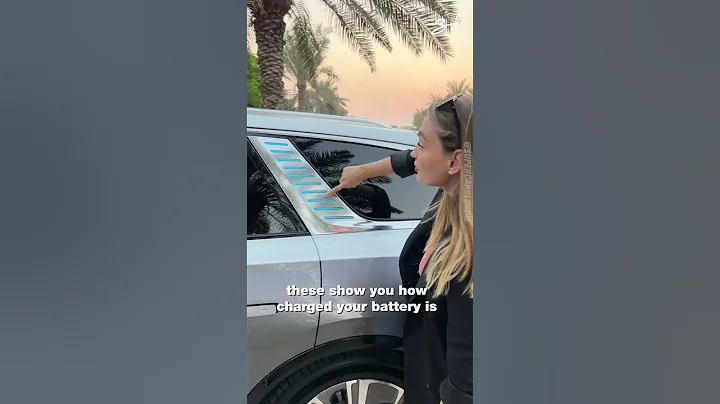If pure electric vehicles want to achieve full popularization, battery life is the biggest gap. To solve this pain point, fast charging and battery swap emerged as two different technical routes. But the question also follows. Even the industry has been arguing about who is the mainstream energy-adding direction for electric car in the future.

To be fair, both of them have their own advantages whether it is fast charging or battery swap. However, from the perspective of sustainable development, since the battery swap model requires high and continuous capital investment, its future path is full of uncertainty; in contrast, with the increasing improvement of technology and relatively low construction and operation costs, its energy replenishment efficiency has improved very quickly. At the same time, charging networks with fast charging capabilities are also accelerating the popularity, and the fast charging model is obviously more promising.
, such as Avita 11, relying on the three giants of Changan Automobile , Huawei , and CATL , it has implemented high-voltage fast charging technology with a maximum charging power of 750V and a maximum charging power of 240kW, and its fast charging network has also begun to be closely laid out. Recently, the first high-voltage fast charging station jointly built by Avita and BP was launched in Shanghai and officially put into use.

In the official introduction, the Avita 11 can achieve the goal of replenishing energy in high-voltage charging mode in as fast as 10 minutes. According to professional evaluations from authoritative media, with the support of the high-voltage fast charging station jointly built by Avita and BP, Avita 11 charged from 5% of the power to 40%, which took only 9 minutes and 44 seconds, thus increasing the range by 195 kilometers, which is equivalent to the charging time of a cup of coffee, and can drive from Shanghai to Hangzhou, and still have a lot of power left.

And what makes Avita 11 proud is more than that. Compared with other models with the same level of fast charging capabilities, from 5% to 95%, the Avita 11 is the shortest time-consuming of several models. And with a power capacity of less than 80%, Avita 11 can continue to maintain high-power charging of more than 100kW, which is a continuous high-output player. It can be seen that in the current high-voltage fast charging and replenishment field, Avita 11 has steadily entered the first echelon. By the end of this year, Avita will work with BP to build more than 100 high-voltage fast charging stations nationwide and put them into use.
At the same time, good news comes in terms of matching with public charging piles. At present, in the "Tender Instructions for Charging Piles in State Grid High-speed Service Areas" in some regions, the voltage 750V and charging power 160kW/240kW have been clearly included in the technical requirements, and the existing 500V charging piles will also be upgraded to 750V high-voltage piles in the future. It is worth mentioning that the Avita 11 comes with a boost module, so even if it is charged with a 500V charging pile that has been built, the Avita 11 can achieve a charging efficiency of up to 70kW.

It can be imagined that after the 750V high-voltage charging piles are built like mushrooms after a rain, relying on the "three giants" of Changan Automobile, Huawei and CATL to jointly empower, Avita, which has taken the lead in achieving 750V high-voltage fast charging, will continue to consolidate its leading advantage and become a pioneer and leader in the field of high-voltage fast charging technology.











